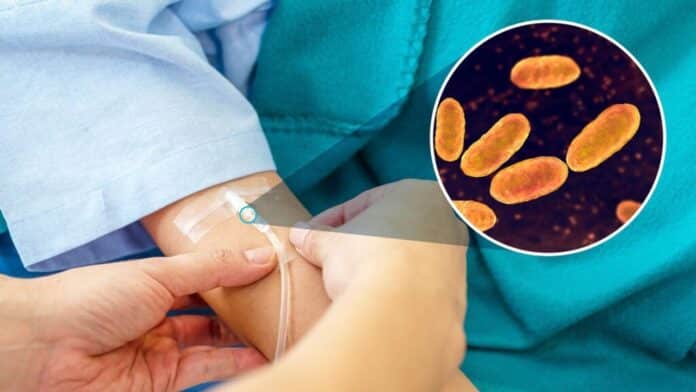Hospitalized patients face numerous concerns; unexpected infections only add to the worries. Annually, around 250,000 U.S. hospitalized patients develop catheter-related bloodstream infections, posing life-threatening risks, prolonging hospital stays, and increasing recovery costs.
Dr. Hatice Ceylan Koydemir, an assistant professor in Biomedical Engineering at Texas A&M University, is tackling this issue with innovative technology. Her team is creating a catheter dressing embedded with wireless sensors to detect minimal bacterial growth on the skin. This development significantly reduces the frequency and severity of catheter-related bloodstream infections. Dr. Koydemir’s research received funding from the National Institutes of Health to support this crucial work.
Koydemir said, “This is one of my dream projects. Because of the widespread impact this research could have by reducing these deadly infections.”
Existing catheters cannot quickly detect bacterial growth at the insertion site. While some researchers indirectly see bacteria through biomarkers like changes in skin pH, Dr. Koydemir’s approach is direct detection.
Their project aims to use wearable sensors in the catheter dressing for early bacterial growth alerts. Unlike current methods requiring dressing removal, this approach allows immediate detection without waiting for symptoms like fever, chills, or swelling. Currently obscuring signs like swelling, the dressing can cause delays in identifying infections, giving them time to worsen. Dr. Koydemir seeks a way to detect diseases much earlier for prompt intervention.
In wound-care research, researchers typically work with millions to billions of bacteria units per milliliter. Dr. Koydemir aims to detect bacteria at a much lower concentration of only 100 units per milliliter.
Medical providers rely on blood test results when an infection is suspected, leading to delays. Antibiotics might be given while awaiting results, but broad-spectrum antibiotics are used without knowing the specific bacteria, contributing to antibiotic resistance.
Dr. Koydemir’s project aims for early bacterial growth detection and customized antibiotic therapy, potentially reducing antibiotic resistance. However, she anticipates challenges in her research.
Koydemir said, “It will be difficult to detect very, very low concentrations of bacterial growth, especially when people have varying skin chemistries that can change throughout the day due to sweat, for example. “We are trying to push the limits to detect fewer bacteria.”
Challenges in the project involve creating a flexible dressing with a durable adhesive that won’t cause allergies in patients. Dr. Levent Beker from Koç University in Istanbul, Turkey, collaborates on these aspects as an external contributor.
The research led by Dr. Koydemir holds promise for transforming catheter safety through innovative wearable sensor technology. This project aims to significantly reduce catheter-related infections and enhance patient outcomes by enabling early detection and tailored antibiotic therapy.
